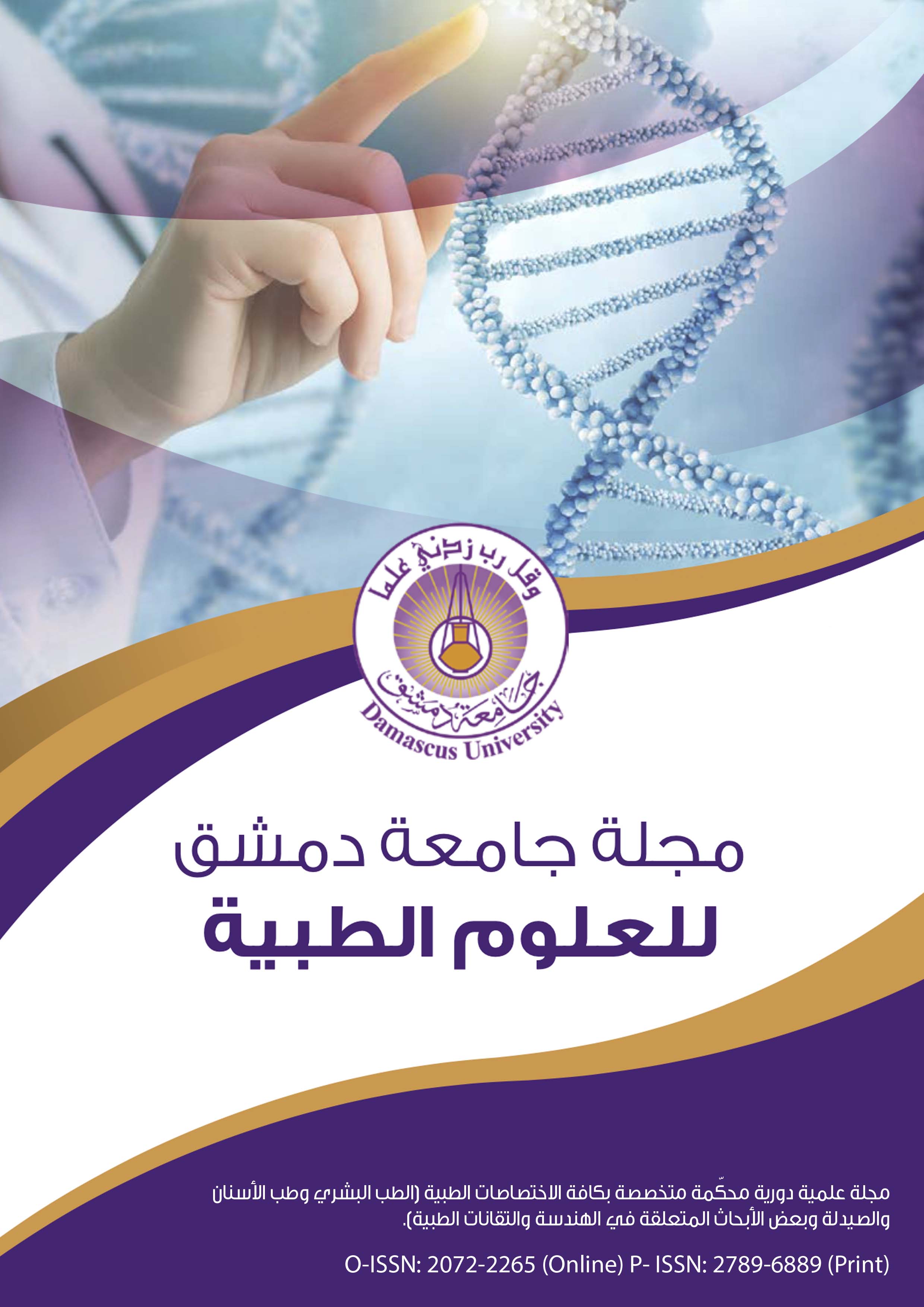Capsular contracture :A complication leading to a Secondary Breast Augmentation
Keywords:
Secondary Breast Augmentation, Capsular ContractureAbstract
Introduction: Breast augmentation is one of the most common procedures in plastic surgery. And as a result of increasing the frequency of this operation , many studies showed increasing numbers of complication mainly capsular contracture Aim: complication evaluation which observed after breast augmentation, that lead to perform a secondary operation and the best solutions to deal with this complications.
Materials and Methods: Retrospective study consists of 32 patients, which have a breast augmentation in Damascus, Hospitals between 2006-2020. And through follow up, many major complications have been observed that lead to perform a secondary procedure. Many different measurements have been recorded including implant type and size, surgical pocket and incision, complications and the choices that taken to deal with them .
Results: 32 pts with median 42 y. Textured implant were used in 19 cases and smooth ones in 13. The implant sizes between (120-480cc). IMF incision used in 78%.Regarding complications, capsular contracture and malposition were observed in (81-6%) respectively. Inaddition, capsulectomy with reimplant was the best choice for treatment. Textured implants were combined with capsular contracture more than smooth implants(58-42%). Higher capsular contracture rates were observed when using subglandular pocket and implant sizemore than 260cc.
Conclusion: Using subglandular pocket and implant size more than 260 cc combind with higher rates of capsular contracture. Capsulectomy with reimplant remained the best solution for treatment.
Key Words: Secondary Breast Augmentation, Capsular Contracture.

